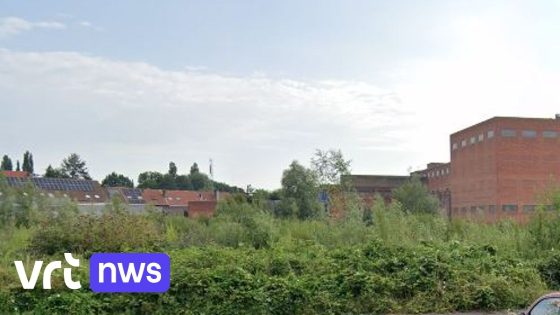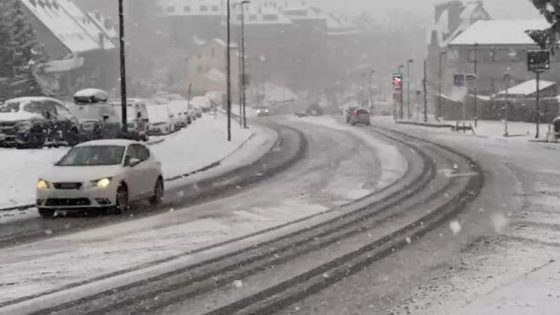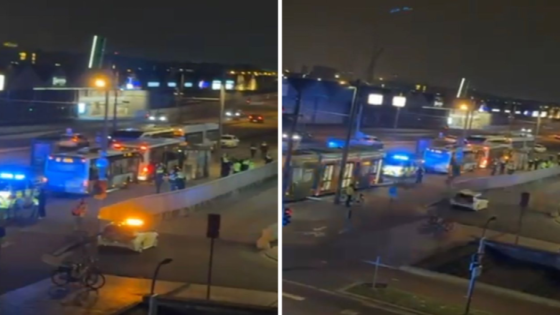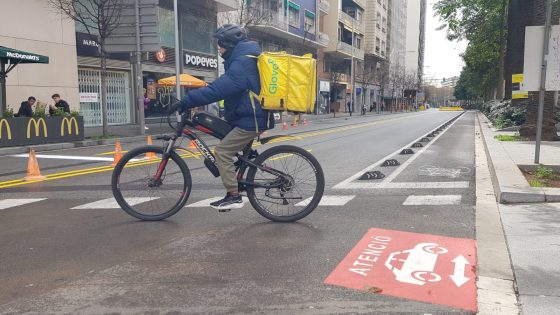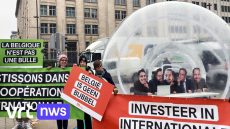On February 26, 2025, a tragic incident occurred when a stork from Webbekoms Broek was struck by a truck near Planckendael. Luc Cieters, a local nature guide, shared insights about the stork’s journey and its nesting habits. How often do we consider the challenges wildlife faces in urban areas?
- Young storks migrate south after leaving parents.
- Storks seek nesting sites with partners.
- Webbekoms Broek reserves space for returning storks.
- This stork may have met in Planckendael.
- Luc Cieters has followed storks since childhood.
Storks Face Dangers on Their Journey: What Can Be Done?
Have you ever thought about how animals navigate through our busy streets? The recent loss of a stork highlights the risks they encounter. As these birds migrate south and search for nesting sites, they often cross paths with vehicles. This incident raises awareness about the need for safer habitats.
The Importance of Protecting Storks and Their Habitats
Storks play a vital role in our ecosystem. They help control insect populations and are indicators of environmental health. However, their survival is threatened by habitat loss and human interference. Local communities must take action to protect these majestic birds.
Understanding Stork Behavior During Migration
Migrating storks have fascinating behaviors that ensure their survival. They often travel in pairs or groups to find suitable nesting locations.
- Storks usually leave their breeding grounds in early spring.
- They seek out partners during migration for nesting purposes.
- Nesting sites are critical for raising young successfully.
- Caring for returning storks can enhance local biodiversity.
The Role of Community in Wildlife Conservation
Your involvement matters! Communities can create safe spaces for wildlife by planting native vegetation and reducing traffic speed limits in known migration routes. Engaging locals can lead to better protection measures for vulnerable species like storks.
How Urban Development Impacts Wildlife
The expansion of cities poses significant threats to wildlife habitats. As natural spaces shrink, animals like storks face increased risks from vehicles and pollution. Understanding this connection helps US advocate for smarter urban planning that considers wildlife needs alongside human development.
This incident serves as a reminder that every effort counts toward protecting our environment and its inhabitants. By raising awareness, we can work together to ensure safer journeys for all creatures.






